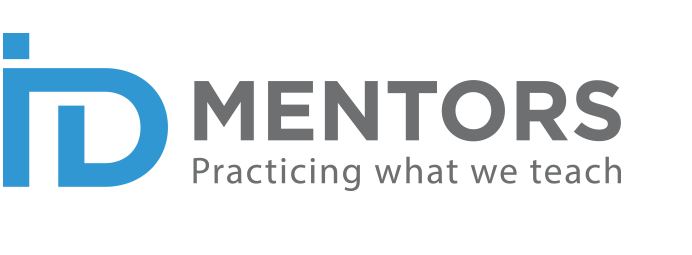
What is a Performance Support Tool, and how do we go about designing one? Is there a framework that can help in identifying and designing the right Performance Support Tool for a given situation? In this article, we will try to answer these questions.
Designing Performance Support Tools? Why A Framework Is Vital
Some of you may wonder if there is a framework that can assist you not only in finding, but also developing the right Performance Support Tool to suit your own needs. So, we will try to answer these questions.
The Name Game
As a student, could you have attempted to balance equations in chemistry without the periodic table for reference? Or talking about huge numbers, such as, “10^28 atoms in a system”, without the log table to look up? Closer still, think how the ‘Help’ feature in MS Office came to our rescue in the nick of time? Not to mention the umpteen times that we googled our way out of a tricky situation. What is common in all these situations? Performance Support Tools – yet another buzzword that is echoing in the Learning and Development chambers these days! So, let me get down to demystifying this.
Simply put, Performance Support Tools are anything that helps people to do their jobs. They can take any form, from being a job-aid on a paper to a digital portfolio of products that a salesperson may refer to during a customer interaction. Some other less fancy terms by which these are known are ready reckoner, checklist and aid memoirs – okay, this last one is fancy, and described by Cambridge dictionaryas “something, usually written to help you to remember something”.
How It Fits In
Very often, when you design training, you come across content that is just not the right fit for online learning, or any learning for that matter. It could be because it is either too much information, which is difficult or not necessary to recall, or something that we need to use, rarely. If we include this content as part of the training we design, we are doing great disservice to our learners. We are wasting our effort, and learners’ time on something that we know will not be effective to address the performance issue. Just think if we had to memorize the log table! Of course, some of us could do it; but the question is…is it really needed?
So, how is performance support different from training, and how do you identify and separate this from the core learning content? To find out, ask your Subject Matter Expert the following questions:
- Will the employees need to refer to this content many times in the course of their work?
- Will it help if the information is available while the employees are performing the task?
- Does the content focus more on the task -how-to or troubleshoot-, and less on the principles and theories that drive the task? The former would be the refer piece, and therefore a candidate for Performance Support Tool.
- Would employees need to refer to some information in the field, away from the workplace?
- Do employees need frequent alerts, updates or reminders in their line of work?
Features Of A Good Performance Support Tool
Designing a Performance Support Tool requires careful thought, consideration and ideation. The purpose of the tool is to make a task easier at the moment of need. This implies that it should be easily accessible, simple to comprehend, independent and modular. A bulky manual that is difficult to tug along does not make for a good Performance Support Tool; neither does an infographic with heavy images that takes ages to download. Hiding the tool within a huge online course doesn’t help either. It is better to have the tool as a downloadable item that can be saved on the employee’s system or mobile, so that it can be quickly referred to at the moment of need. Brainstorm with the Subject Matter Expert to figure out what shape and form the Performance Support Tool should take. It can take on any of these forms depending upon the context.
- Job-aids (forms, checklists, ready-reckoners).
- Database with search function.
- FAQs.
- Mobile or web-based apps.
- Infographic.
- Videos of procedures.
- Audios or podcasts.
The Framework
Now, that we know what forms a Performance Support Tool can take, and how to design these, let’s look at some practical considerations. Given that a Performance Support Tool can take myriad forms, and can range from something simple like a checklist, to something as complex as an Electronic Performance Support System, in short EPSS, how do we ensure that all stakeholders are on the same page – that one isn’t thinking simple, while another is thinking complex? For, let’s face it, complex Performance Support Tools require extensive effort both from a design and technology perspective. That is why you need to always come up with a framework. You can use it across projects and find it also works very well on board your Subject Matter Experts and stakeholders, especially when used in the Analysis and Design phase of a project.
Hopefully, you’ll find it useful too!
 Performance Support Tools: Framework
Performance Support Tools: Framework
Here are some other frameworks for performance support tools:
Framework by Patti Shank published by ATD: Science of Learning 101: When to Build Performance Support, Part 1
An approach to performance support by Guy Wallace: Performance Support – What’s Old Is New Again



0 responses on "Performance Support Tools: A Framework"